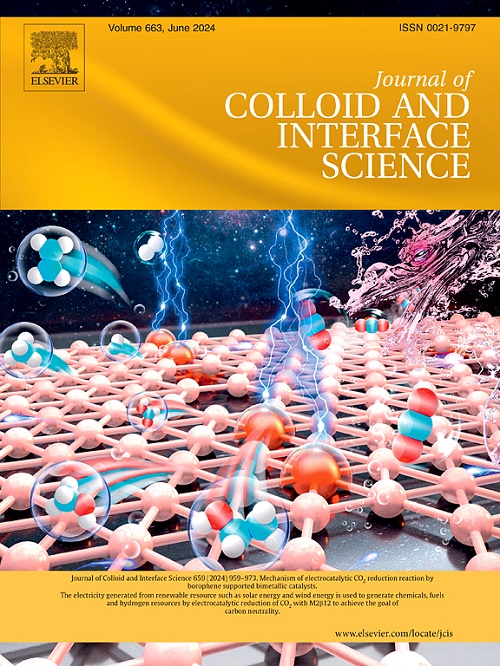Cation regulation-induced enhancement of dual conductivity facilitating high-stability sodium storage
IF 9.7
1区 化学
Q1 CHEMISTRY, PHYSICAL
引用次数: 0
Abstract
Transition-metal sulfides (TMSs) have been demonstrated to be heartening anodes for sodium-ion batteries because of their alterable nanostructures, large theoretical capacity and environmental friendliness. Nevertheless, the insufficient electronic and ionic conductivities of TMSs result in inferior rate performance and cycling durability, which poses a major obstacle to their rapid commercialization. Herein, we propose a cation regulation strategy to modulate the electronic structure of CuS. DFT calculations combined with kinetics analyses demonstrate that cationic substitution optimizes the electronic structure of Cu1-xWxS, thus endowing with superior charge transfer kinetics and low ion diffusion barrier. As anticipated, Cu1-xWxS exhibits a remarkable reversible capacity (369.0 mAh g−1 at 0.3 A g−1 after 500 cycles), excellent rate capability and high-rate cycling stability (324.2 mA h g−1 at a high current density of 5.0 A g−1 after 1400 cycles). Besides, a stepwise reaction process is revealed by ex-situ investigations. This work presents a promising heteroatom-engineering approach to enhance electrode structures for next-generation energy storage applications.

阳离子调控诱导双电导率增强,促进高稳定性钠储存
过渡金属硫化物(tms)由于其纳米结构可改变、理论容量大、环境友好等优点,已被证明是钠离子电池的增氧阳极。然而,由于tms的电子和离子电导率不足,导致其速率性能和循环耐久性较差,这是其快速商业化的主要障碍。在此,我们提出了一种阳离子调节策略来调节cu的电子结构。DFT计算结合动力学分析表明,阳离子取代优化了Cu1-xWxS的电子结构,从而赋予Cu1-xWxS优越的电荷转移动力学和低离子扩散势垒。正如预期的那样,Cu1-xWxS表现出显著的可逆容量(500次循环后,在0.3 a g−1下,369.0 mAh g−1),出色的倍率能力和高倍率循环稳定性(1400次循环后,在5.0 a g−1的高电流密度下,324.2 mAh g−1)。此外,通过非原位研究揭示了反应的阶梯式过程。这项工作提出了一种有前途的杂原子工程方法来增强下一代储能应用的电极结构。
本文章由计算机程序翻译,如有差异,请以英文原文为准。
求助全文
约1分钟内获得全文
求助全文
来源期刊
CiteScore
16.10
自引率
7.10%
发文量
2568
审稿时长
2 months
期刊介绍:
The Journal of Colloid and Interface Science publishes original research findings on the fundamental principles of colloid and interface science, as well as innovative applications in various fields. The criteria for publication include impact, quality, novelty, and originality.
Emphasis:
The journal emphasizes fundamental scientific innovation within the following categories:
A.Colloidal Materials and Nanomaterials
B.Soft Colloidal and Self-Assembly Systems
C.Adsorption, Catalysis, and Electrochemistry
D.Interfacial Processes, Capillarity, and Wetting
E.Biomaterials and Nanomedicine
F.Energy Conversion and Storage, and Environmental Technologies

 求助内容:
求助内容: 应助结果提醒方式:
应助结果提醒方式:


